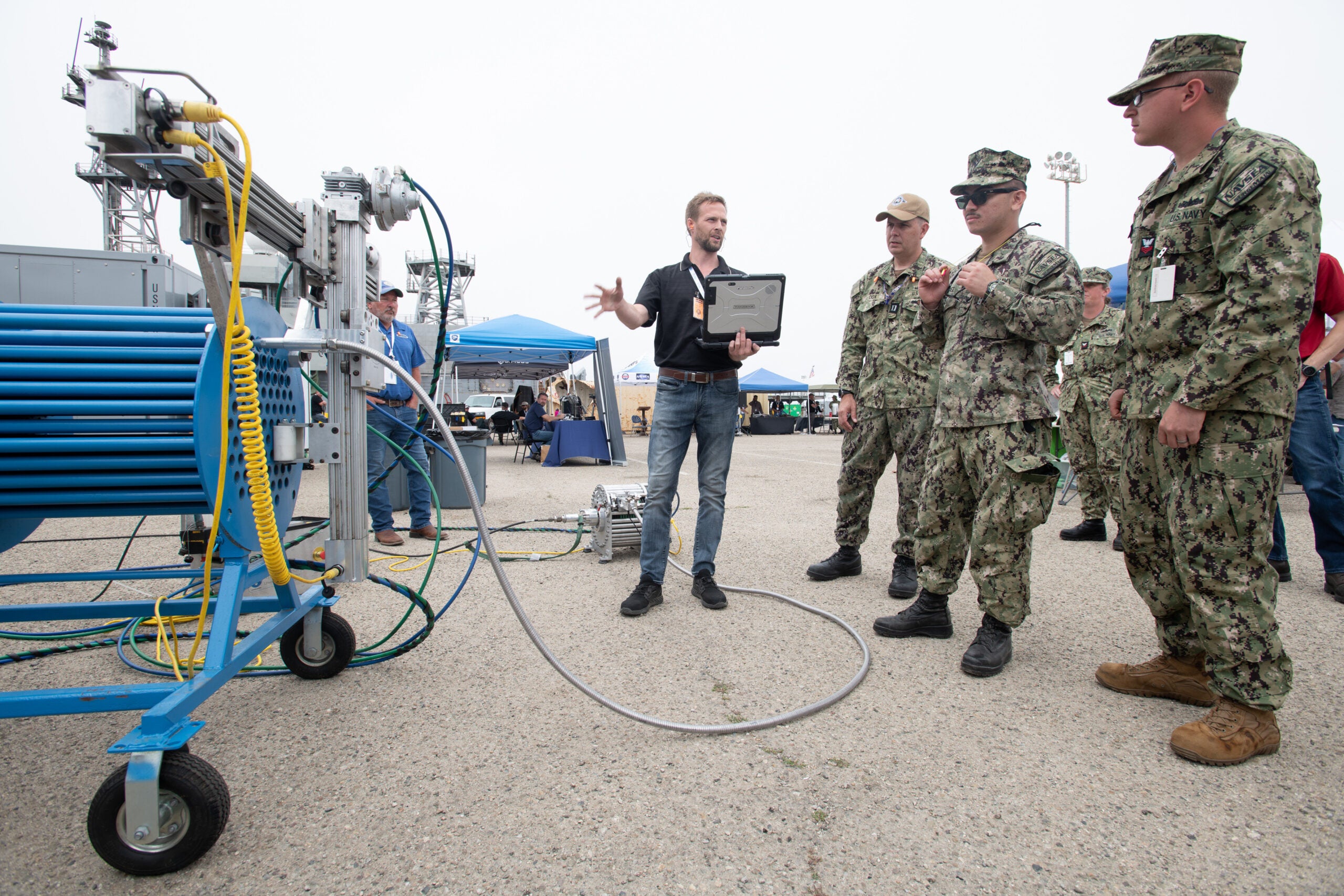
The US Navy has concluded its first-ever Repair Technology Exercise (REPTX)-2022 to demonstrate and assess several ship maintenance technologies.
REPTX was held at Naval Base Ventura County in Ventura County, California, between 22 August and 1 September.
It was sponsored by Naval Sea Systems Command’s (NAVSEA) Naval Systems Engineering and Logistics Directorate Technology Office (05T).
Teams from over 60 technology companies, government and academic laboratories from across the world participated in this event.
All the activities and experiments under this exercise were conducted aboard the US Navy’s decommissioned Spruance-class destroyer, also called Self Defence Test Ship.
The latest iteration of the exercise aimed to test and see if real-world fleet maintenance and battle-damage repairs can be performed on ships while operating.
Participants tested technologies to address four areas, including visualisation, command-and-control, forward manufacturing and expeditionary maintenance.
NAVSEA 05T sustainment technology programme manager Janice Bryant said: “It was a problem-centric event that promoted collaboration rather than competition.
“Many problems require complex solution and multiple participants have independent pieces of that solution.”
Around 20 reservists from the US Navy’s Surge Maintenance programme also took part in REPTX and got hands-on experience of using remote-controlled robotics and learned about various repair processes by watching videos on augmented reality headsets.
Activities undertaken by reservists involved measuring metal wastage depth using ultrasonic waves, detangling fouled propellers, identification of objects on the sides of ship’s hull and inspection of tight spaces where humans cannot reach.
Various companies tested their uncrewed aerial vehicle to identify issues like corrosion and search for misplaced objects.
Other scenarios included evaluation of different inspection and repair tools, ship-to-shore communication systems as well as above- and below-water visualisation devices.



